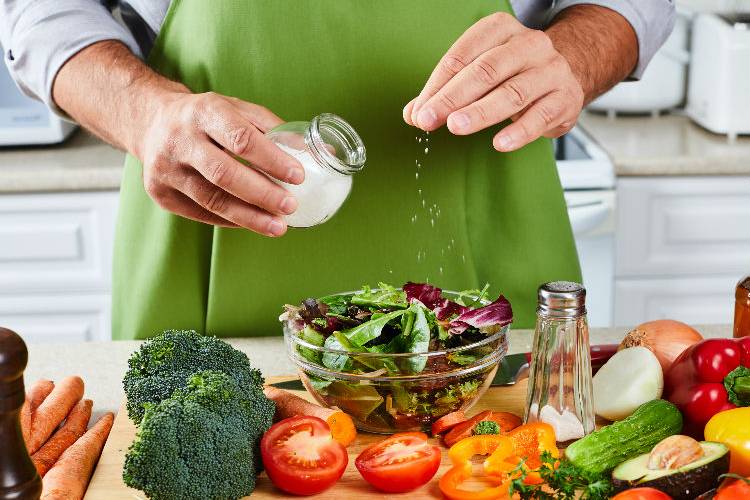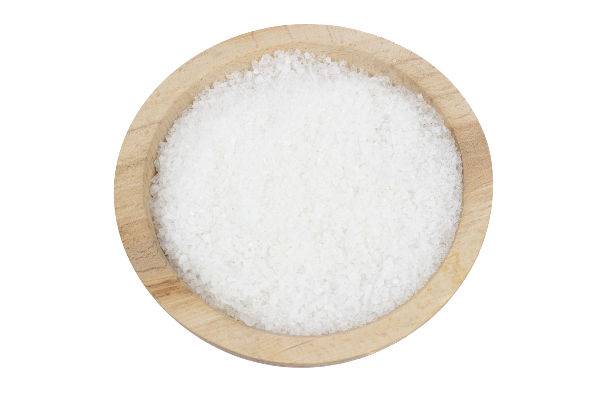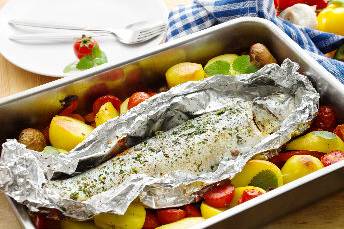Flavour without salt?
Eating without salt is often associated with bland, tasteless food, but does it have to be that way? Let's look at the consumption of this condiment and some possible alternatives.
on today's menu
Share

According to the Spanish Association for Consumer Affairs, Food Safety and Nutrition (AECOSAN), in Spain we consume an average 9.7 grams of salt per day, almost double the World Health Organisation’s recommendation. The WHO recommends a daily salt consumption of 5 grams, the equivalent of one teaspoon or 2 grams of sodium per day.
The truth is, almost nobody controls the amount of salt in their food, we season with 'a pinch' and hardly take into account the proportion of salt found in sausages and cut meats, frozen meals, sauces and appetizers that represent 72% of the sodium we ingest.
The problem lies in an excess consumption of salt which is associated with an increase in blood pressure and consequently in cardiovascular diseases. Since we know that 45% of heart attacks and 50% of strokes are associated with high blood pressure, it is vital to take preventative measures and evaluate the various behaviours we can adopt in order to reduce or adjust our salt intake.
• Control the amount of salt in homemade meals. This can be done by adding just the right measurement of salt in a teaspoon and trying not to use more during the day.
• Carefully look at the ingredients in the foods you buy and try to compare and choose those that best suit your needs. To calculate the salt content, multiply the grams of sodium by 2.5.
• If you suffer from a disease that requires a reduced salt intake you can follow a low-sodium diet. This means emptying the salt cellar and significantly reducing various foods that either through processing or naturally, contain salt.

Tricks for reducing the use of salt
• Use aromatic herbs and other condiments: use your imagination and try seasoning dishes with Provençal herbs, spices or other condiments such as curry, turmeric or ginger, for instance. There are endless possibilities and you may be surprised by the results. You'll also find different ready-mixed seasonings in the supermarket, such as Mexican, Italian, Asian, etc. which are ideal for certain dishes.
• Lemon and vinegar can add an interesting touch by incorporating acidity without adding too much salt.
• Steaming: steamed foods don't come into contact with any other ingredients and so their natural sodium content is better preserved.
• Save it for the next day: keeping stews and soups for the next day helps concentrate the flavours without having to add salt.
• Use naturally low-sodium fresh ingredients: fruits and vegetables, pulses, fresh meats and fish, seasonal produce, especially fresh, both raw and cooked usually contain very little salt and are a good choice for your menu.
Adjust your cooking and eating habits so that your sodium intake is low to moderate. Along with a selection of healthy foods, maintaining a weight suitable for your age, size and activity, are all associated with reducing high blood pressure.

Tricks to help you eat more vegetables
Read more
Tricks to help you eat more vegetables







